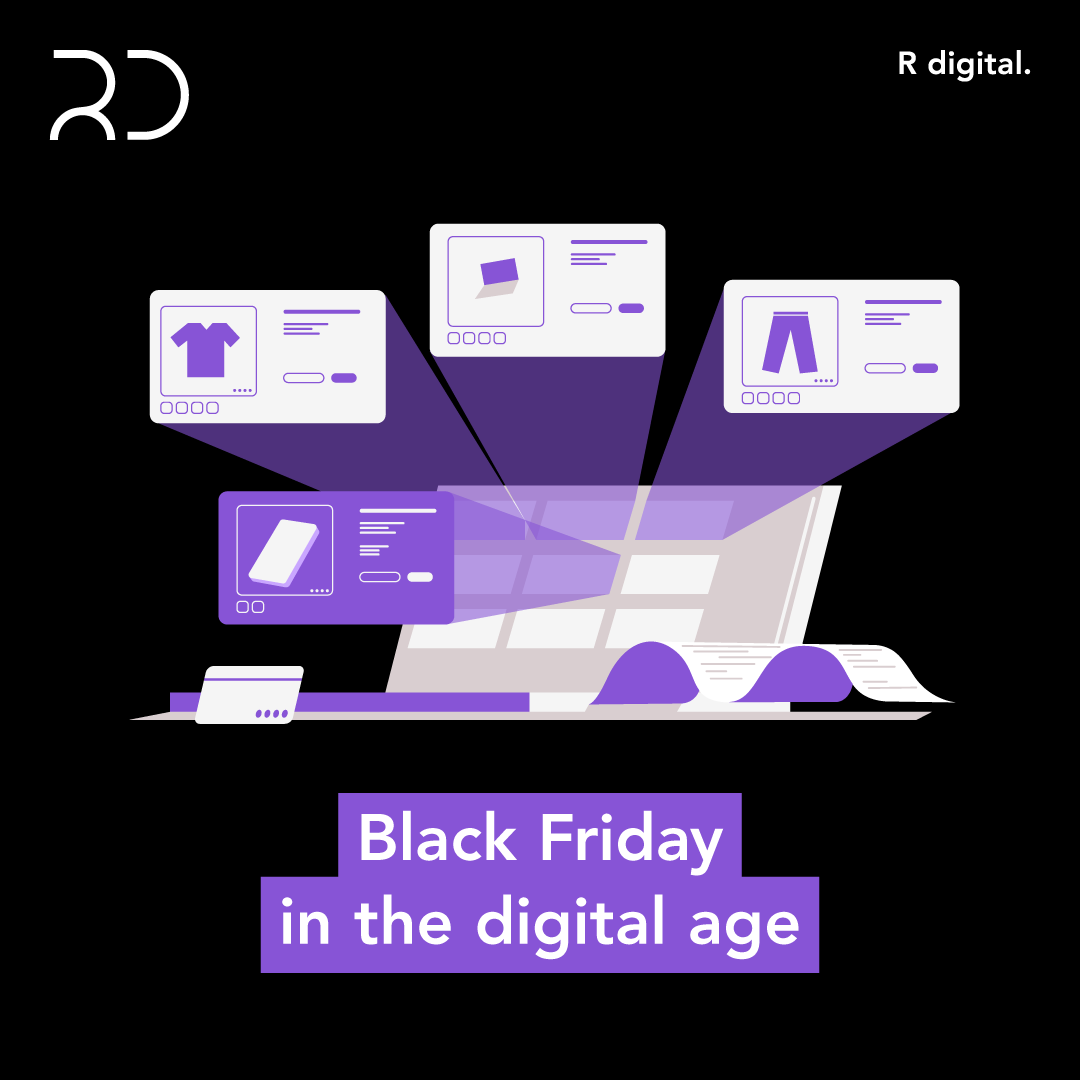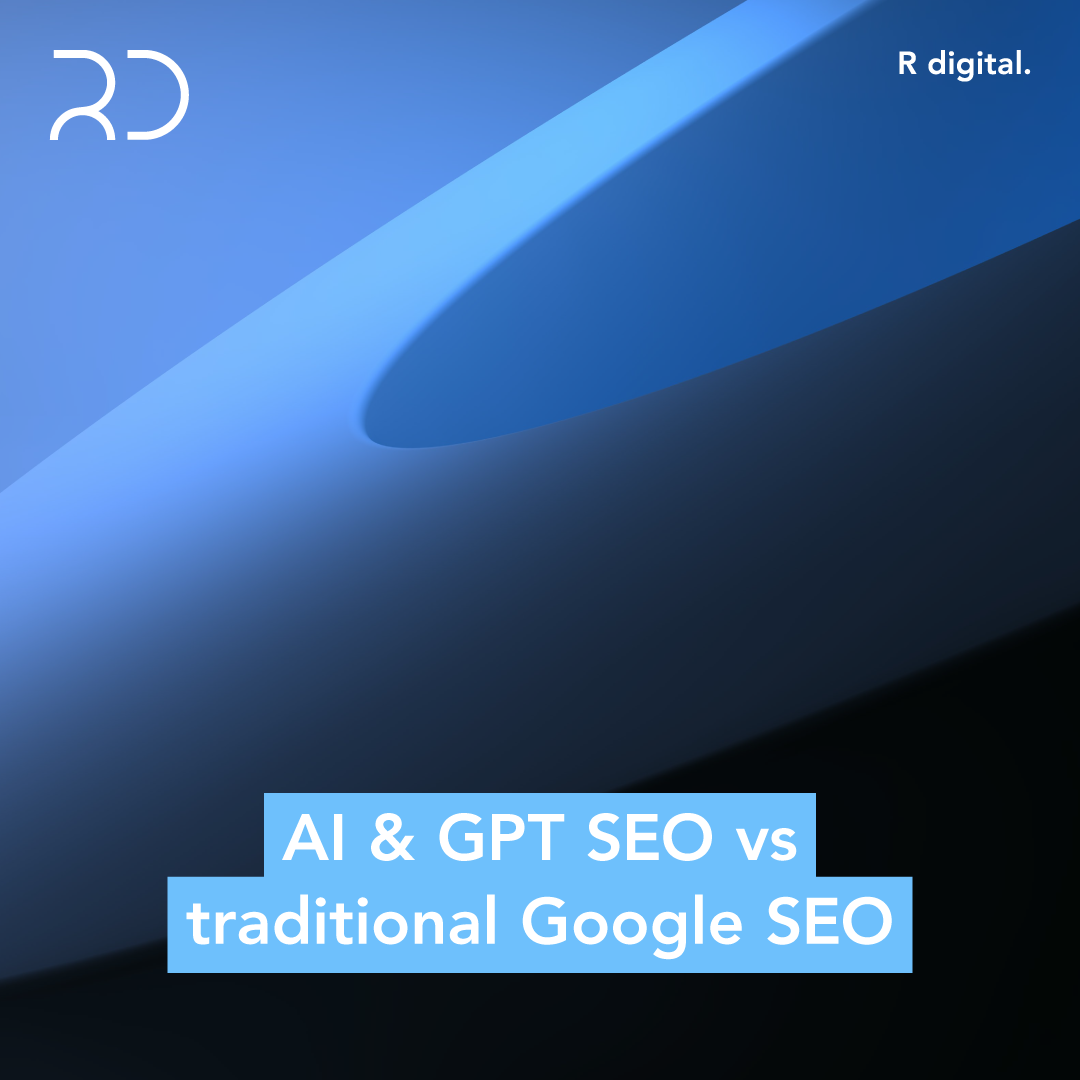If you were excited about well-known tech giants releasing their version of virtual reality technology, you’ll be surprised to know that it’s nothing new; attempts to create VR technology date back to the 1950s and you can see elements of it that are older than the modern technology itself.
The concept of augmented reality technology was developed around the same time, but little did anyone know that the future would allow us to implement intricate versions of such technologies into our daily lives.
What’s The Difference Between VR And AR?
Both forms of realities may sound the same, but the experience they offer is somewhat different. Both types of realities alter what we see and how we see the world. They both differ in a way that reflects our presence in reality.
Virtual Reality
Virtual Reality means that you’ll experience a completely different reality because you’re immersed in a realm that is completely shut off from the physical world. When you use advanced VR technologies such as the Oculus Rift, Samsung Gear, or the Google Cardboard, you enter another environment, which can be an imaginary or plausible scenario. You can be transported to the North Pole, the lair or a supreme wizard, or in a burning building as part of simulation training.
Augmented Reality
In Augmented Reality, you don’t enter a completely different environment. Instead, you use an AR application to alter your view of the real world with augmented features. Augmented reality is far easier to experience; take the popular collector game Pokemon Go for example. Another instance of AR is Snapchat camera filters that let you see a completely different version of yourself.
Hybrid or Mixed Reality
It’s even possible to combine aspects of virtual and augmented reality together to create a hybrid or mixed reality. The experience combines real-world objects with digital elements and the interaction makes for a distinct perspective. Technology that mixes AR and VR perspectives has just begun to go through development stages, such as Microsoft’s HoloLens.
The Benefits of Alternative Realities
Promote a Brand Experience
For starters, brands can implement the use of alternate reality technology to give consumers an insight into what they expect from an experience with the brand’s services or products. Tourist locations, theme parks, and spas are prime examples of businesses that can use virtual reality to boost brand awareness and increase engagement rates with potential customers.
Event planners and construction businesses can implement elements of AR or VR technology to give their clients a view into what they can offer. This reduces the probability of customer dissatisfaction as long as brands are able to properly portray their services in an alternate reality.



